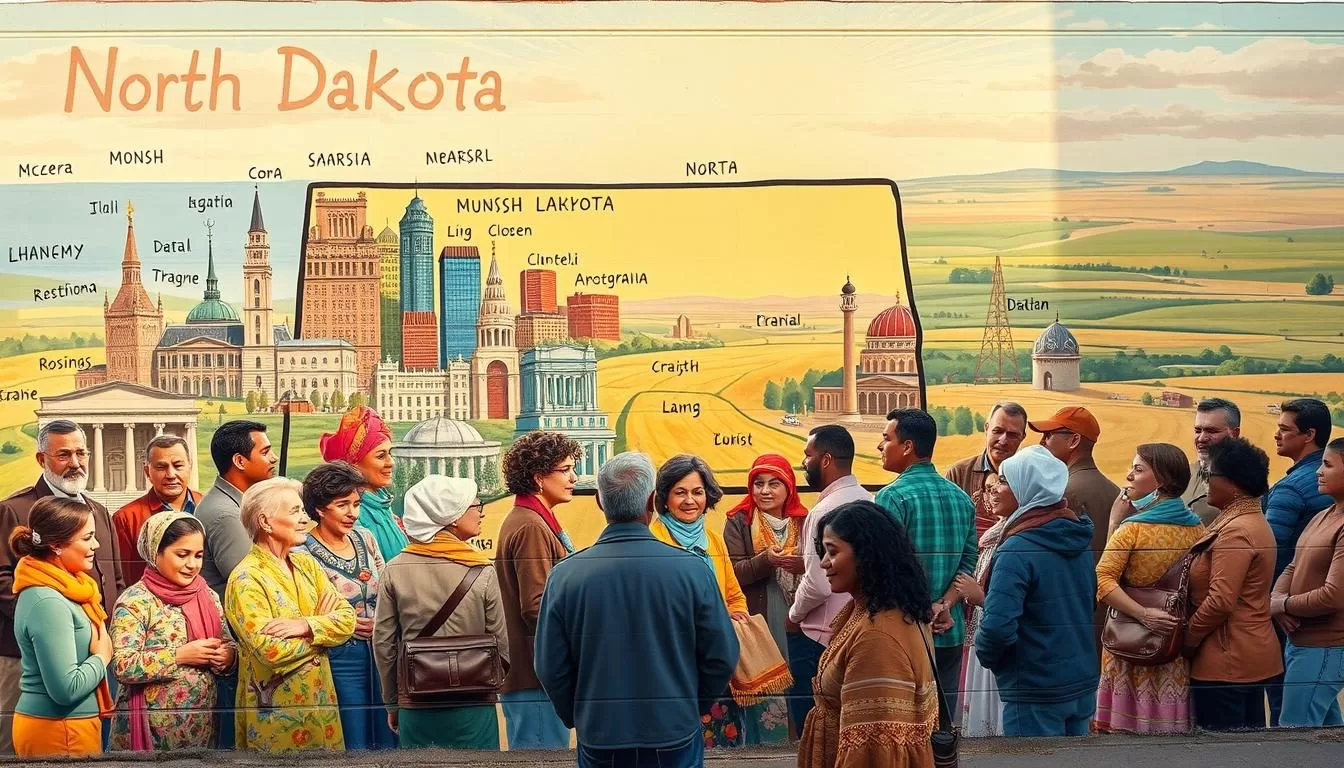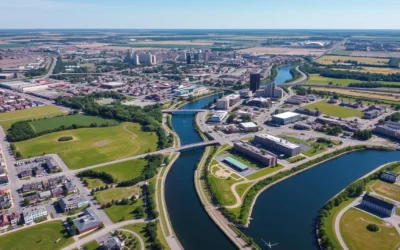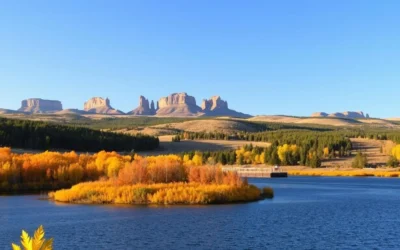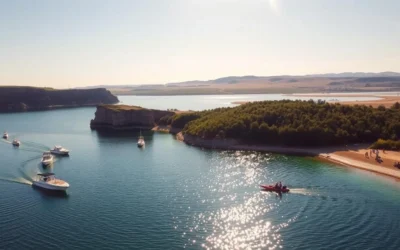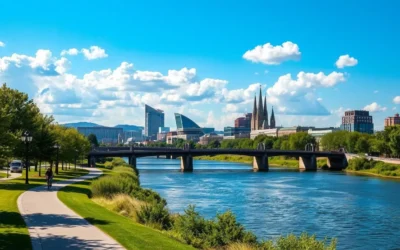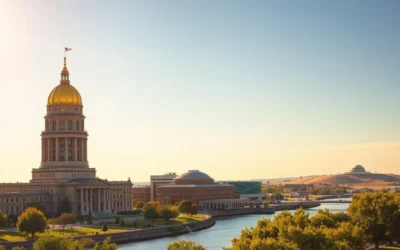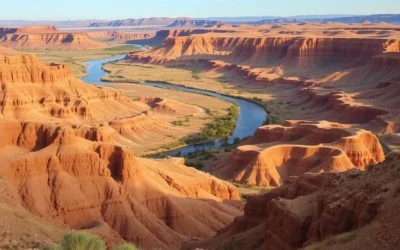✓ Accommodations✓ Flights✓ Rental Cars
You might be surprised to learn that North Dakota’s linguistic diversity is more complex than you think. With a population of approximately 779,261 residents, the state’s language profile is shaped by its history, immigration patterns, and indigenous communities.
While English is the dominant language, other languages are also widely spoken, reflecting the state’s cultural fabric. Understanding the language demographics is crucial for businesses, healthcare providers, and government agencies to effectively serve the population.
As you explore the linguistic landscape of North Dakota, you’ll gain insights into the languages that shape the state’s identity and the importance of language translation services.
Language Diversity in North Dakota
As you explore the language demographics in North Dakota, you’ll discover a complex tapestry of linguistic diversity. The state’s population is a blend of different cultures, leading to a variety of languages being spoken.
Current Language Demographics
Population Overview
North Dakota’s population is diverse, with people from various ethnic backgrounds. This diversity contributes to the state’s linguistic landscape. Understanding the demographic makeup is crucial for addressing language needs.
English Proficiency Statistics
Data on English proficiency in North Dakota reveals that while many residents are proficient in English, there are still significant numbers with limited English proficiency. This affects their ability to access various services.
Limited English Proficiency in North Dakota
Definition and Prevalence
Limited English proficiency (LEP) refers to individuals who have difficulty reading, speaking, writing, or understanding English. In the U.S., over 8% of the population has LEP, and North Dakota is no exception. The prevalence of LEP individuals necessitates the provision of language assistance services.
Impact on Communities and Services
The presence of LEP individuals in North Dakota impacts various aspects of community life, including healthcare, education, and government services. Businesses and public services must adapt to meet these language needs.
src=”https://seowriting.ai/32_6.png” alt=”language diversity”>
| Language | Speakers | Services Needed |
|---|---|---|
| Spanish | Many | Interpreters, translated materials |
| German | Some | Translated materials |
| African Languages | Various | Interpreters, cultural support |
As the data indicates, addressing the language needs of LEP individuals is crucial for ensuring equal access to services. By providing language assistance, businesses and communities can better serve their diverse populations.
North Dakota, United States: Official and widely spoken languages
As you explore the linguistic landscape of North Dakota, you’ll discover the complexities of language use in the state. The state’s language demographics are shaped by its history, demographics, and cultural influences.
English as the Dominant Language
English is the predominant language in North Dakota, used by the majority of the population in daily life, business, and education.
Usage Statistics
Statistics show that English is the most widely spoken language in North Dakota, with a significant majority of the population speaking it as their primary language. You can find more information on the usage statistics through various demographic studies.
Official Status Considerations
While English is not officially designated as the state language by law, it is the de facto language used by state agencies and businesses for official purposes.
Multilingual Communities
North Dakota is home to a diverse population with various language backgrounds. Multilingual communities are present in both urban and rural areas, with different language distributions.
Urban vs. Rural Language Distribution
You’ll notice distinct differences in language distribution between urban centers like Fargo and Bismarck compared to rural areas. Urban communities tend to have more concentrated pockets of language diversity, particularly in neighborhoods with recent immigrant populations. In contrast, rural areas often maintain stronger ties to historical language communities, especially those with German and Scandinavian heritage.
As North Dakota’s communities diversify, language access services have become increasingly important. You can find translation and interpretation services available through various providers to help businesses and organizations communicate effectively with all residents. For instance, healthcare facilities, courts, and government agencies in North Dakota are required to provide language assistance to ensure equal access to services. Professional language service providers offer specialized translation for technical, medical, and legal documents to meet the specific needs of North Dakota businesses. The quality of translation results can significantly impact how effectively you communicate with multilingual communities in the state. Interpreters play a crucial role in facilitating communication in healthcare settings, legal proceedings, and educational environments throughout North Dakota.
Historical Immigration Patterns and Language Influence
As you explore the linguistic landscape of North Dakota, you’ll discover the rich history that has shaped the languages spoken today. The state’s language diversity is a result of various immigration waves that have influenced the region over time.
Indigenous Languages of North Dakota
Before European settlement, North Dakota was home to several indigenous languages. These languages were an integral part of the Native American communities.
Native American Linguistic Heritage
The Native American linguistic heritage in North Dakota is diverse, with languages such as Dakota and Ojibwe being prominent. These languages have contributed significantly to the state’s linguistic identity.
Current Status of Indigenous Languages
Today, efforts are being made to preserve and promote indigenous languages. Despite challenges, many Native American communities are working to revitalize their languages through education and cultural programs.
European Settlement and Language Introduction
The arrival of European settlers introduced new languages to the region. This had a profound impact on the linguistic landscape of North Dakota.
German and Scandinavian Influence
German and Scandinavian immigrants brought their languages to North Dakota, influencing the linguistic diversity. Many of these languages continue to be spoken today, particularly in communities with strong cultural heritage.
Other European Languages
Other European languages, such as those from Eastern Europe, have also been introduced to the region through immigration. This has further enriched the linguistic diversity of North Dakota.
Modern Immigration Waves
In recent decades, North Dakota has experienced new waves of immigration, contributing to the state’s linguistic diversity. 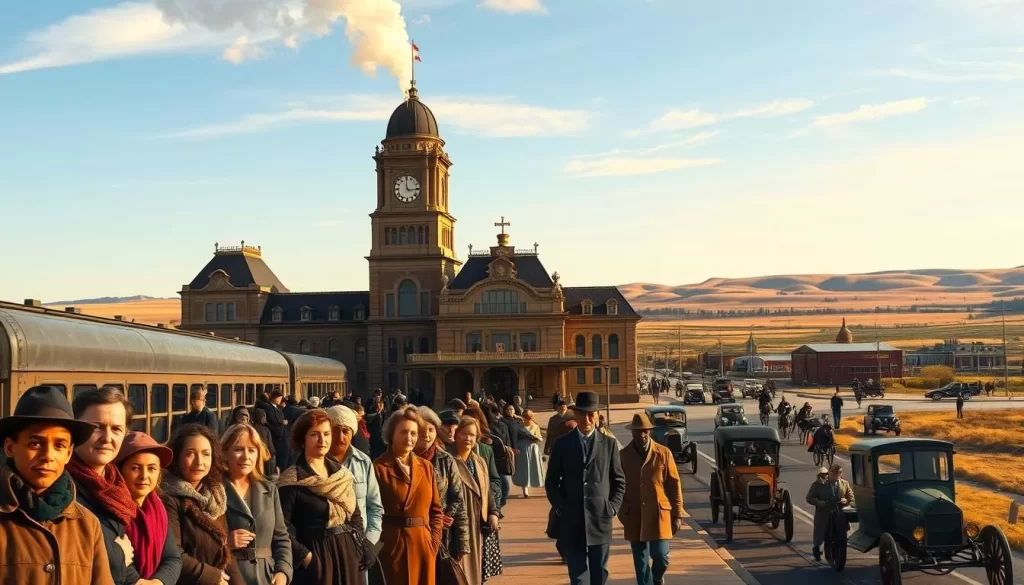
Recent Demographic Shifts
The oil boom in western North Dakota attracted workers from across the United States and internationally, increasing linguistic diversity. Recent immigrants have come from various parts of the world, including East Africa, Southeast Asia, and Latin America.
Emerging Language Communities
Today, you can find emerging language communities in urban centers like Fargo, Grand Forks, and Bismarck. These communities face unique challenges, and efforts are being made to support their linguistic needs through education and community programs.
Top 10 Non-English Languages in North Dakota
As you explore North Dakota, you’ll discover a rich tapestry of languages spoken by its diverse population. The state’s linguistic diversity is a reflection of its cultural heritage and the various communities that call it home.
Spanish Speakers in North Dakota
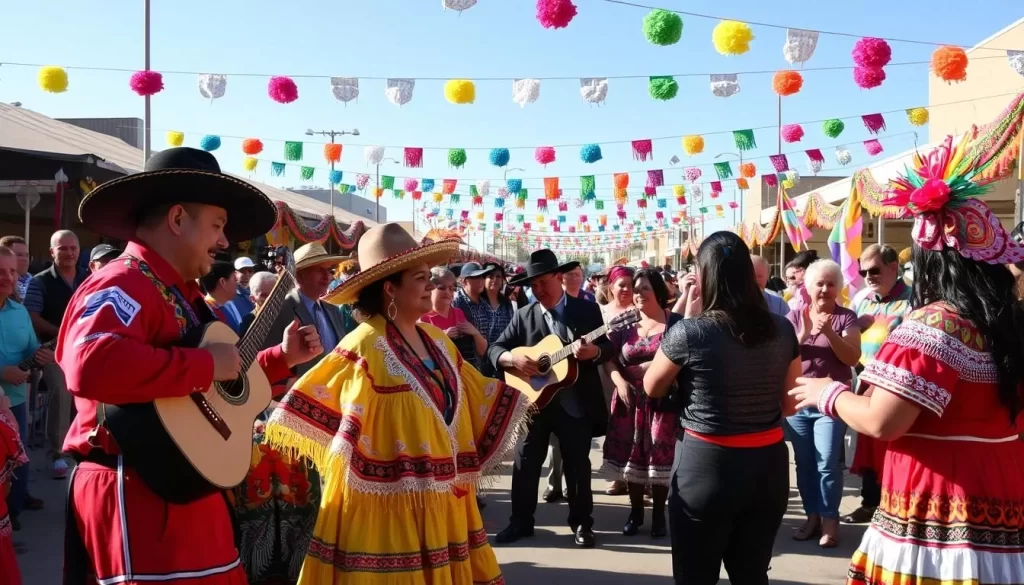
Learn More
Spanish is one of the prominent languages in North Dakota, with a significant number of speakers. The Hispanic community contributes to the state’s cultural and economic fabric.
German Language Communities
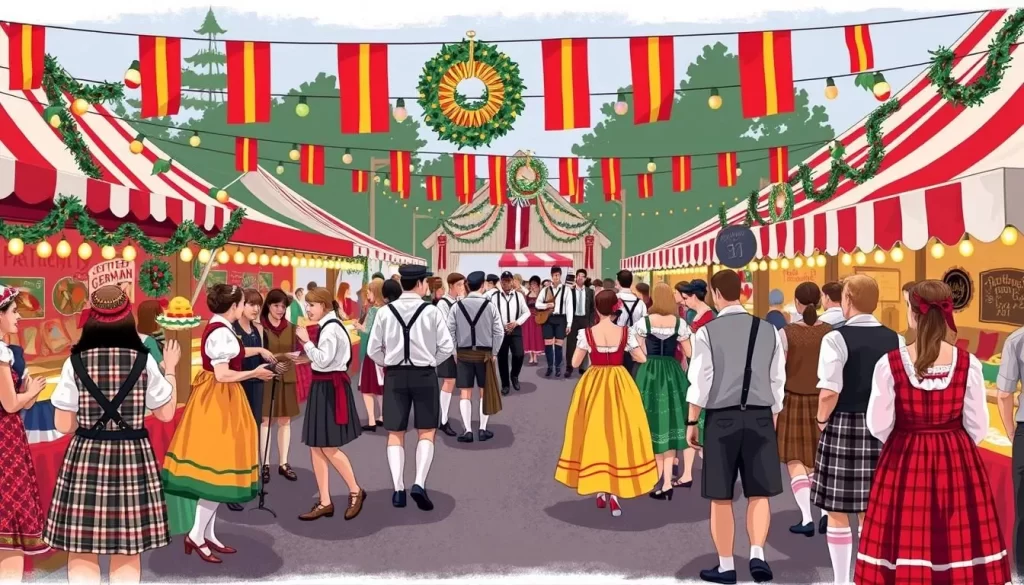
German heritage is still celebrated in North Dakota, with communities maintaining their language and traditions through cultural events and language classes.
Amharic, Somali, and Afro-Asiatic Languages
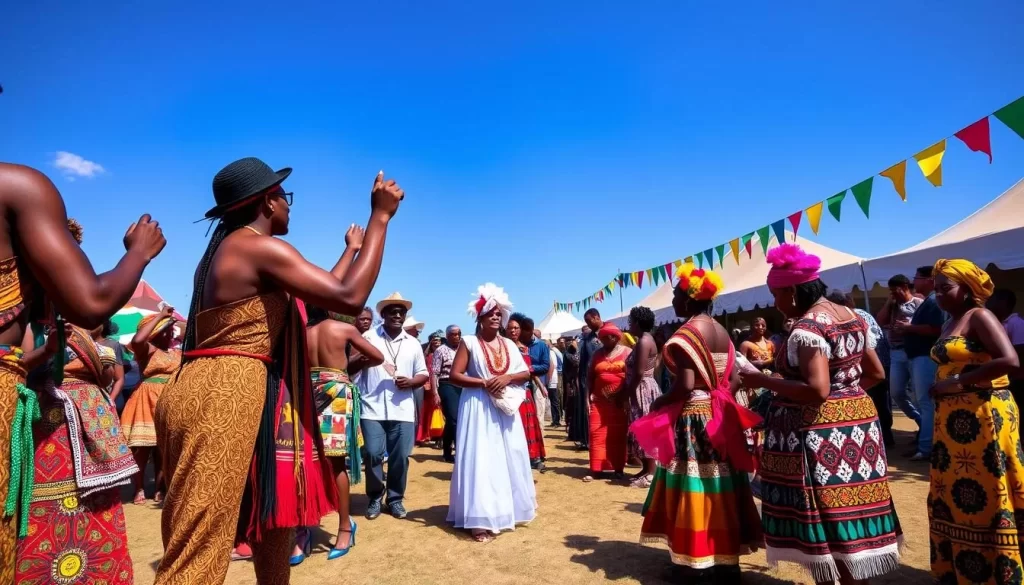
Learn More
Amharic and Somali speakers, among others from the Afro-Asiatic language family, have established communities in North Dakota, enriching the state’s linguistic diversity.
French Speakers
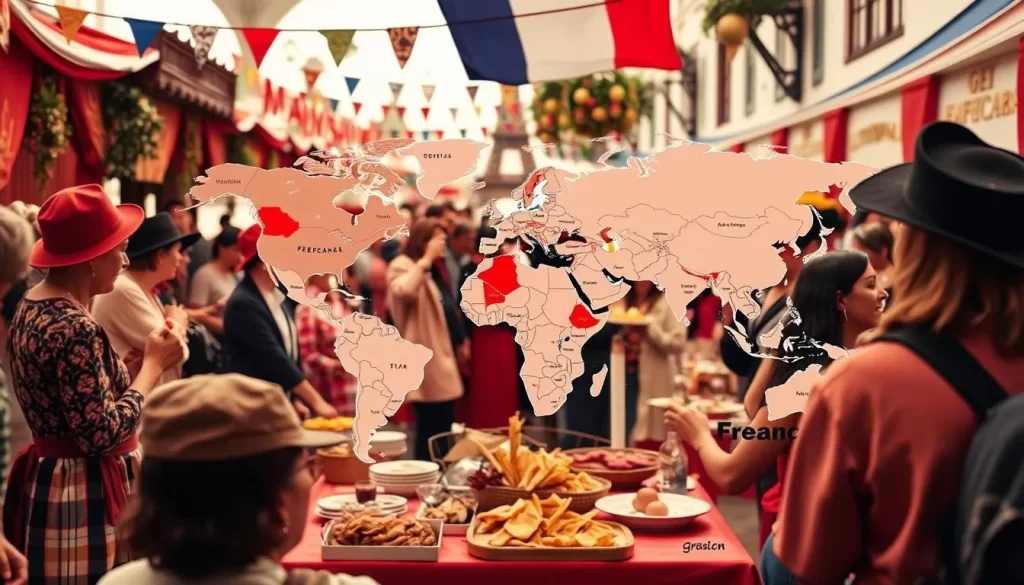
Learn More
French speakers in North Dakota are part of the state’s diverse linguistic landscape, with historical and contemporary influences.
Nepali, Marathi, and Other Indic Languages
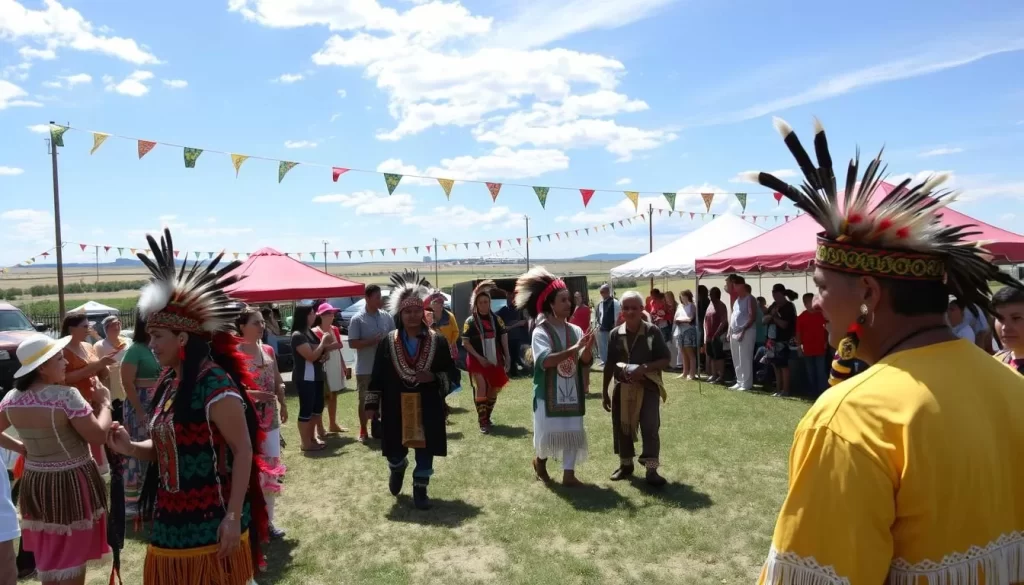
Learn More
The Indic language family, including Nepali and Marathi, is represented in North Dakota, reflecting the presence of Indian and Nepali communities.
Native American Languages
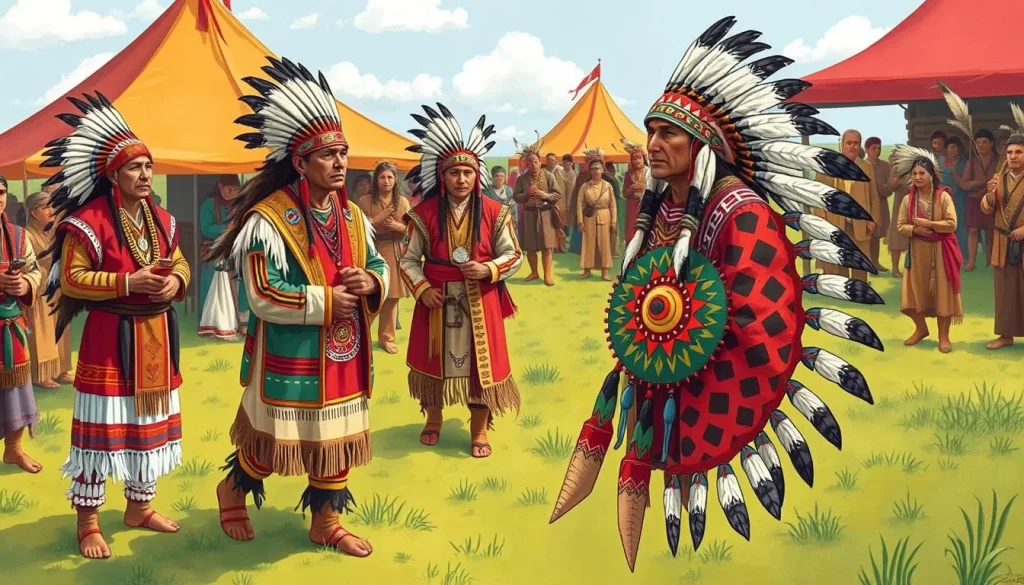
Learn More
Efforts to preserve Native American languages are underway, recognizing their importance to North Dakota’s indigenous heritage.
Tagalog and Filipino Communities
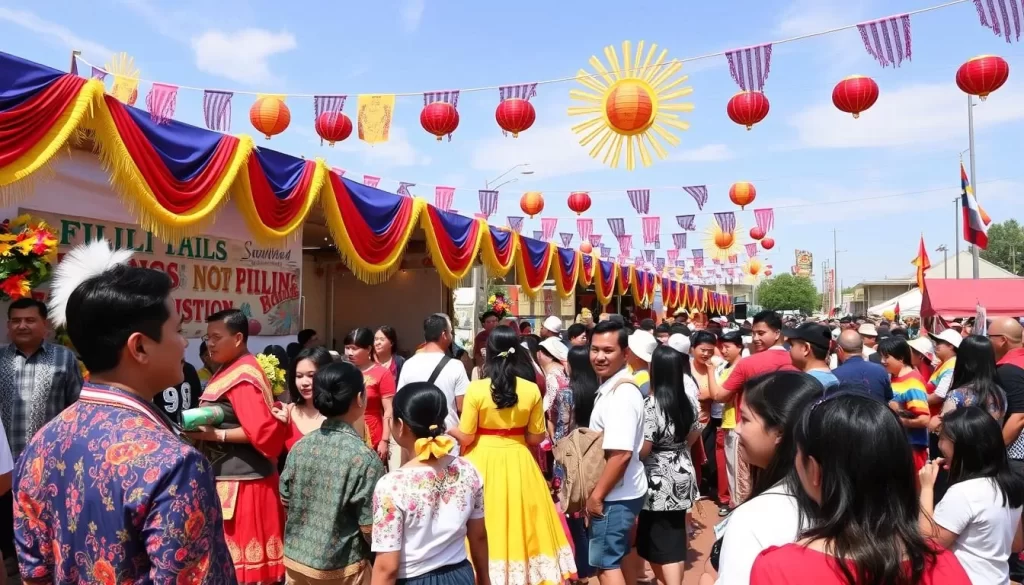
Tagalog speakers are part of the Filipino community in North Dakota, contributing to the state’s multicultural identity.
Arabic Speakers
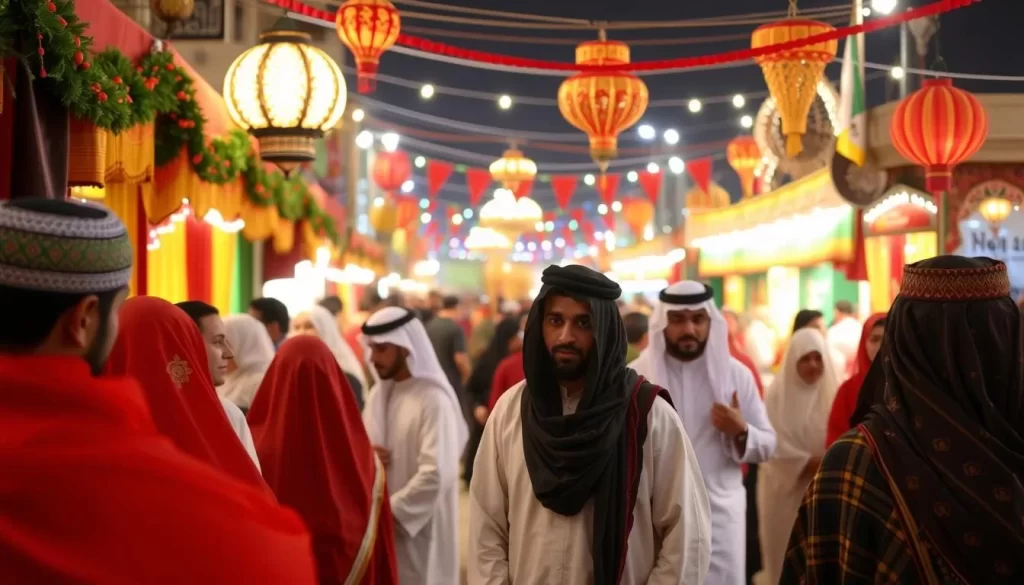
Learn More
Arabic speakers in North Dakota add to the state’s linguistic diversity, with communities engaging in cultural and social activities.
Swahili and Other African Languages
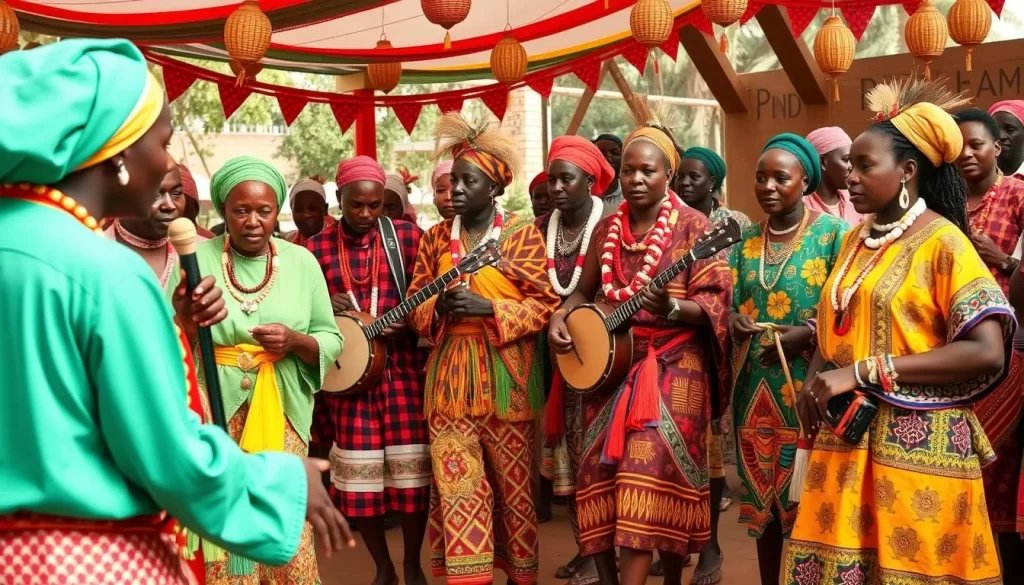
Learn More
Swahili and other African languages are spoken in North Dakota, highlighting the presence of diverse African communities.
Chinese Language Speakers
Learn More
You’ll encounter approximately 1,162 Chinese language speakers in North Dakota, making up slightly more than 0.16% of the state’s population. Chinese speakers include both international students at North Dakota universities and established residents working in various professional fields. Both Mandarin and Cantonese dialects are represented among Chinese speakers in the state. Cultural associations and educational programs help maintain language connections within these communities.
Conclusion: The Future of Language Diversity in North Dakota
North Dakota’s cultural identity is deeply rooted in its language diversity, a trait that will continue to shape its future. As you’ve explored the rich tapestry of languages spoken across the state, it’s clear that while English remains the dominant language, numerous other languages contribute to the cultural landscape.
The data highlights that limited English proficiency remains a significant challenge, making access to translation and interpretation services crucial for various aspects of life, including healthcare and education. As the state’s demographics continue to shift, businesses and organizations will need to adapt by incorporating language access into their service delivery strategies.
The preservation of indigenous languages and the integration of new immigrant communities will continue to evolve North Dakota’s linguistic makeup. With the growing need for localization services and advanced translation technologies, the future of language services in North Dakota is poised for significant development, ensuring that all residents have equitable access to information and services.
The above is subject to change.
Check back often to TRAVEL.COM for the latest travel tips and deals.
